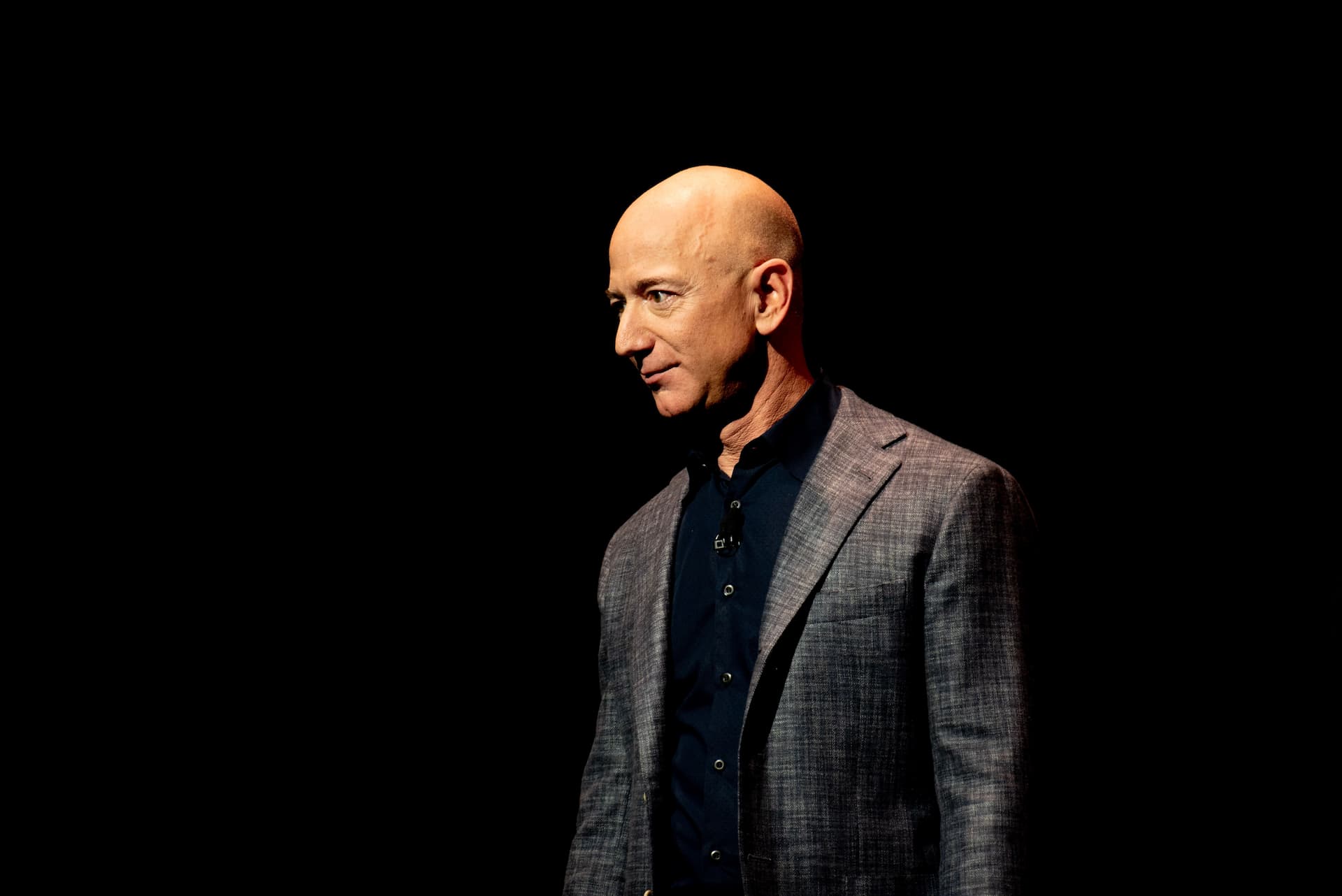When Microsoft officially pulled the plug on Windows 10 support in October 2025, they probably didn't expect to create one of the most measurable desktop market shifts in recent memory. But the numbers don't lie: Zorin OS, a Linux distribution specifically designed to ease the transition from Windows, reported hitting one million downloads in just over a month following its release. Even more telling, 78% of those downloads - roughly 780,000 - came from Windows devices, suggesting a significant migration wave is underway.
You can also set us as a preferred source in Google Search/News by clicking the button.
This isn't just about one Linux distro getting lucky. The timing was everything. Zorin Group strategically launched version 18 on the exact day Microsoft ceased support for Windows 10, creating a perfect storm for users facing a difficult choice. According to industry coverage, an estimated 200-400 million devices worldwide now face the Windows 10 end-of-life dilemma: upgrade to Windows 11 where hardware permits, pay for Extended Security Updates, or jump ship to an alternative operating system.
For many users, the hardware requirements for Windows 11 proved to be the breaking point. Microsoft introduced these requirements for legitimate security reasons, but the practical reality is that millions of otherwise serviceable PCs suddenly became "unsupported." This created exactly the kind of friction that Linux distributions like Zorin OS were designed to eliminate. The distro specifically invests in easing migration with Windows-like layouts, OneDrive browsing, and improved compatibility stacks - all aimed at making that first week or month less intimidating for newcomers.
What's particularly interesting is how this migration is playing out across different user segments. On forums like Restarters, community members are documenting their experiences with "The Great Migration," sharing notes about which Linux distributions work best with various hardware specs. One user reported successfully installing Emmabuntüs on an Acer Aspire One, while others are using Mint Linux as their baseline first install for rescued laptops. The sheer variety of hardware specs and potential distros means there's no one-size-fits-all solution, but the community support infrastructure is clearly stepping up.
The market share numbers are starting to reflect this movement too. According to US Federal Government Website and App Analytics, Linux now accounts for 6% of desktop operating system usage among government visitors - a figure that puts it above MacOS in some measurements. While StatCounter shows more conservative numbers around 5.03% for mid-2025, both data sources point to steady growth that's been building for years.
Of course, not every download translates to a permanent migration. As TechRadar's Darren Allan notes, just because Zorin OS was downloaded on a Windows PC doesn't mean the user actually made the switch. But the fact that a Linux distribution attracted over three-quarters of a million Windows-initiated downloads in such a short timeframe suggests something significant is happening. When you combine this with the broader trend of Linux desktop adoption finally breaking through psychological barriers, it's clear we're witnessing more than just a temporary spike.
The real test will be whether these new Linux users stick around. Zorin OS 18 expands beyond the usual Windows-to-Linux migration checklist by leaning heavily into web-app integration, allowing users to "install" services like Office 365 and Teams with icons in the app grid. This approach acknowledges that for many users, the browser is already their primary workspace. If Microsoft's bet was that its user base would simply absorb the transition to Windows 11, these early numbers suggest at least some users are willing to explore alternatives when pushed.
What makes this migration wave different from previous Linux adoption attempts is the convergence of several factors: the forced obsolescence of millions of Windows 10 devices, improved hardware support for Linux compared to a decade ago, and distributions specifically targeting Windows refugees with familiar interfaces and migration tools. Whether this represents the long-predicted "Year of the Linux Desktop" remains to be seen, but for the first time in years, the data suggests Microsoft might actually have something to worry about.













